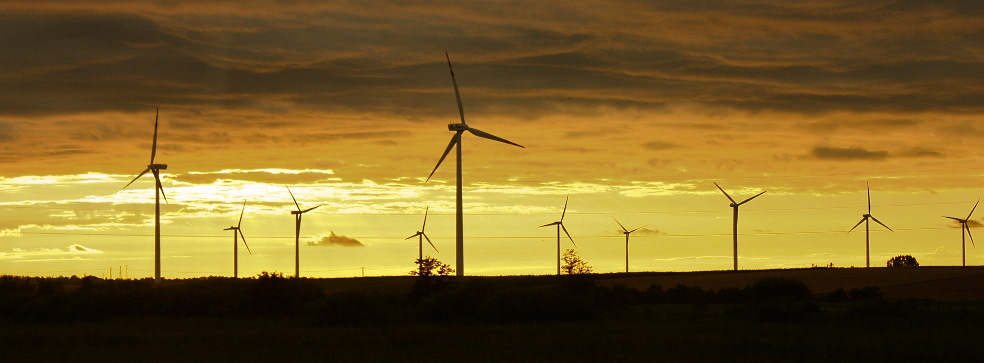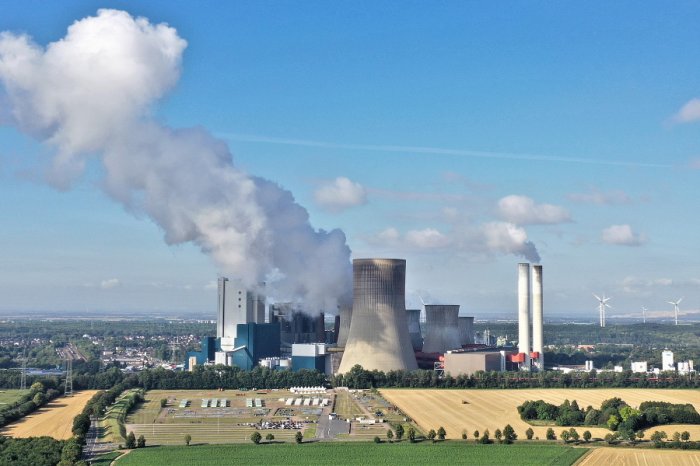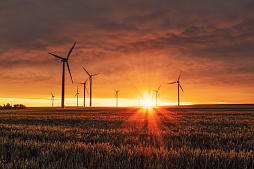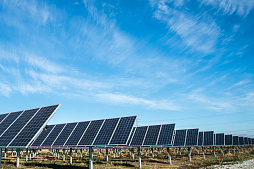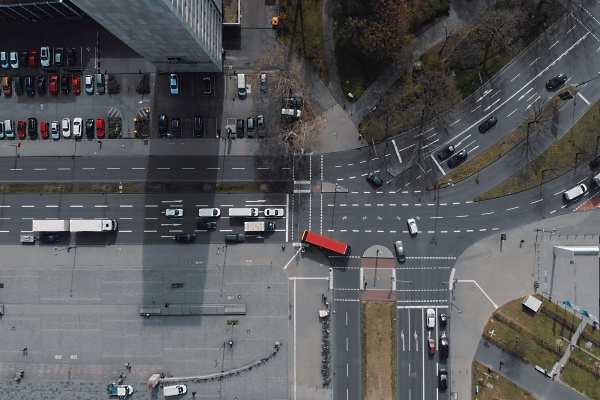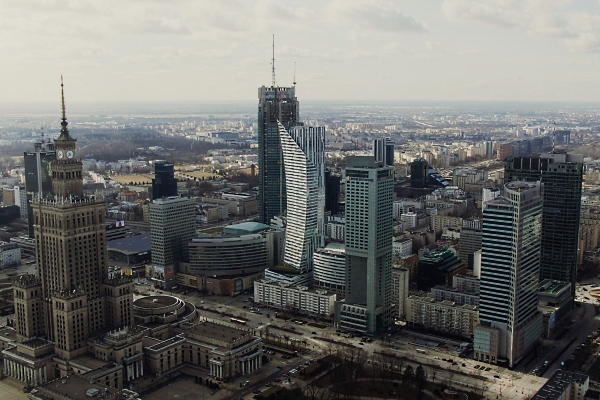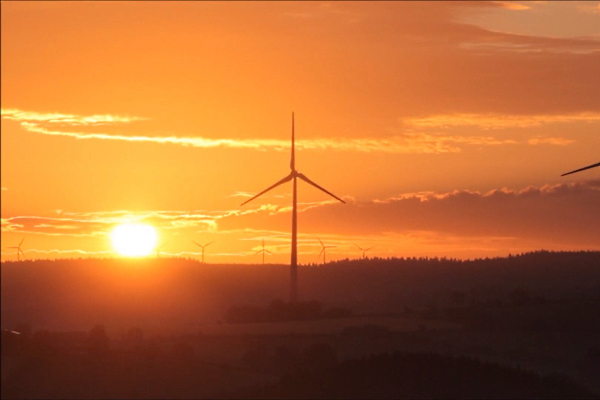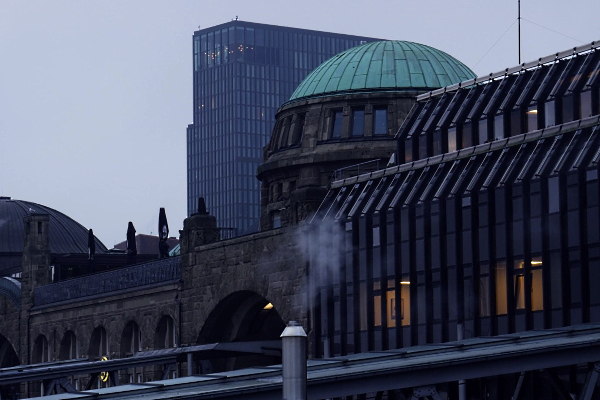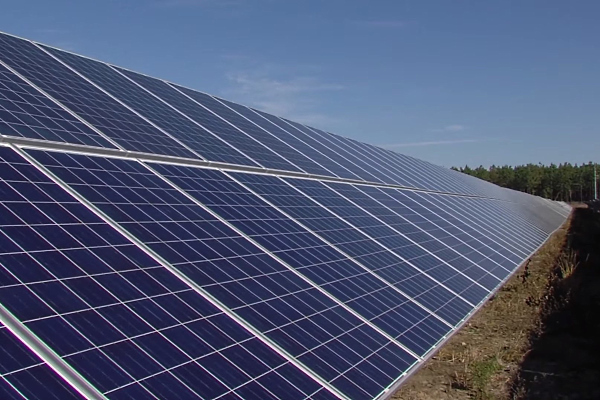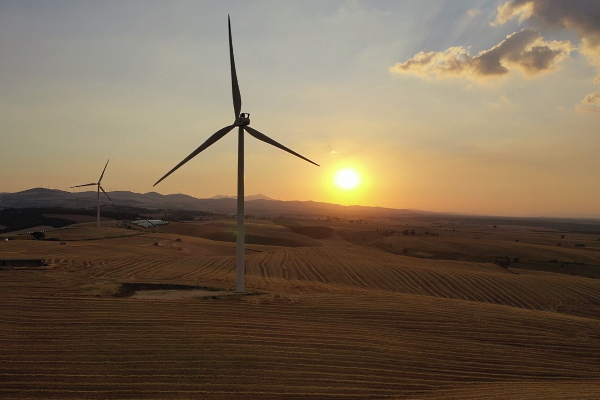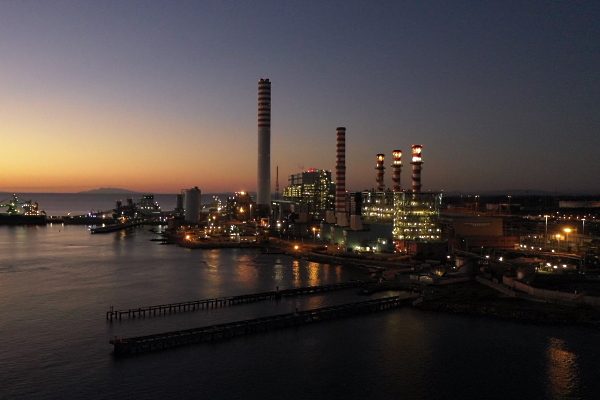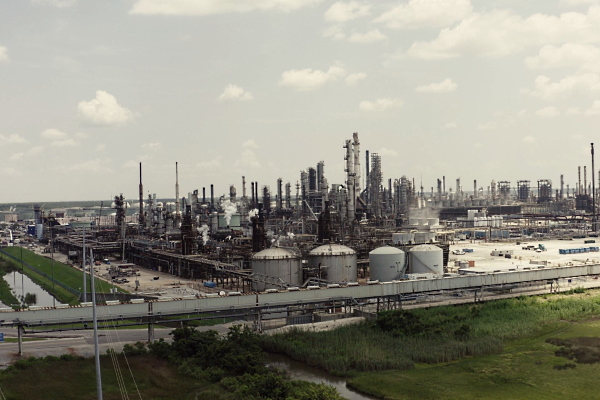To consider an application for financing, fill out the form and send it to us by e-mail along with the project brief, or contact our experts
The opening of a 50 MW wind farm in Oman is a historic milestone in the region's independence from fossil fuels.
During the following months of 2019, the remaining 12 of the 13 installed wind turbines were commissioned.
The wind farm is designed to produce about 200 GWh of energy, sufficient to supply 60,000 residential buildings.
The project was implemented jointly by General Electric and Masdar (Abu Dhabi Future Energy Company).
The latter was responsible for the infrastructure of the wind farm, the construction of a gas-insulated power electrical substation and power lines under the EPC contract.
50 MW Dhofar wind farm
The Dhofar wind farm was the first commercial wind power facility in the Sultanate, marking a step into the future of energy.This large-scale project promotes the development of renewable energy sources not only in the United Arab Emirates, but also in other countries of the Middle East.
Note that the 50MW Dhofar WPP was the first commercial scale wind farm in the Sultanate, marking a step into the future of energy.
This large-scale project promotes the development of renewable energy sources in the Middle East.
The site for the construction was chosen as a lifeless desert, which does not represent agricultural value and is not actually used by humans.
The company's engineers had to solve the problem of building roads and transporting heavy components of wind turbines, water and cement to the heart of the desert.
It was an ambitious project that required innovative technical solutions, experience and knowledge.
The American manufacturer General Electric supplied 13 wind turbines with a capacity of 3.8 MW, which had a rotor diameter of 130 m and a tower height of 85 m. Components several tens of meters long were delivered 150 kilometers from the nearest seaport by special vehicles, and then they were mounted on the construction site in extreme conditions.
Specialists have developed a special set of measures to optimize the operation of the wind farm at high temperatures and sand pollution.
They designed and built a gas-insulated transformer power substation and 132 kV transmission line to supply electricity to local consumers.
The company has once again demonstrated its ability to implement the most complex projects, adapting them to the needs of customers and extreme conditions. The construction of this facility, unique in its technical complexity, has been carried out since the first quarter of 2018.
Currently, the installed capacity of the Dhofar wind farm is sufficient to cover 7% of the electricity needs of this governorate.
However, even this amount of energy allows Oman to reduce its annual carbon dioxide emissions by 110 thousand tons, while reducing its dependence on fossil fuels.
The construction of a 50 MW wind farm in Oman is not the last stop for the local renewable energy program.
Masdar is ready to build a new facility.
This time we are talking about the 400 MW Dumat Al-Jandal wind farm in Saudi Arabia, which will be the largest in the region.
Wind energy development in Oman is just beginning
The Omani Power and Water Procurement Company (OPWP) announced back in the 2010s that it had created a joint working group with the Public Authority for Electricity and Water (PAEW).The move was aimed at strengthening the strategy for the use of renewable energy sources.
As previously reported by the Oman Observer, a 2016 PAEW Wind Atlas report identified several locations for the future construction of wind farms in Oman. The first of these projects, which is designed to support renewable energy in the Sultanate, was the 50 MW wind farm in Dhofar.
OPWP has identified Dhofar Governorate as a particularly promising location for wind power generation.
This project was discussed with the participation of the Rural Areas Electricity Company (RAECO), a subsidiary of the Nama Group, and Masdar, the renewable energy development agency in the United Arab Emirates.
Over the past years, Oman has invested heavily in the development of new energy sources in order to protect the country's economy from the risks associated with future gas and oil supplies. The use of hydrocarbons for power generation is uncertain in the context of competitive gas needs for the economy.
Starting in 2017, OPWP is developing plans to accelerate the transition to solar and wind energy, which should completely replace fossil fuel energy for Oman. The company closely coordinates its activities with local authorities and foreign suppliers to ensure energy development.
The first 50 MW wind farm in Oman, a revolutionary project for the region, was financed by the well-known Abu Dhabi Fund for Development.
Note that ADFD is funding numerous renewable energy projects locally and internationally.
Thanks to the efforts of this fund, 2,584 MW of installed capacity of solar and wind power plants have been built around the world.
The organization's activities greatly contribute to the sustainable development of the region and the creation of new jobs.
Renewable energy in the Middle East and North Africa
The region of the Middle East and North Africa known as MENA is one of the hottest and driest regions on the planet.Despite the unfavorable climatic conditions, the countries there are increasingly changing their energy orientation towards renewable energy sources.
The International Renewable Energy Agency (IRENA), based in Abu Dhabi, is committed to achieving the goals of the Paris Agreement on Climate Change.
In a 2018 report, the organization said that faster use of renewable energy, combined with higher energy efficiency, could reduce energy-related greenhouse gas emissions by 90%.
IRENA expects that renewable energy sources (RES) will cover two-thirds of global energy consumption and three-quarters of electricity production in 2050. MENA countries, including the UAE, are listening to IRENA as they take their first steps towards large-scale integration of renewable energy sources into the energy structure.
Their motives are not only altruistic, as the projected demand for electricity in the region will grow by about 7% per year.
Oman and its neighbors find it difficult to find cheap energy sources to support the economic development of a growing population.
Wind and solar energy have become the most affordable options for them.
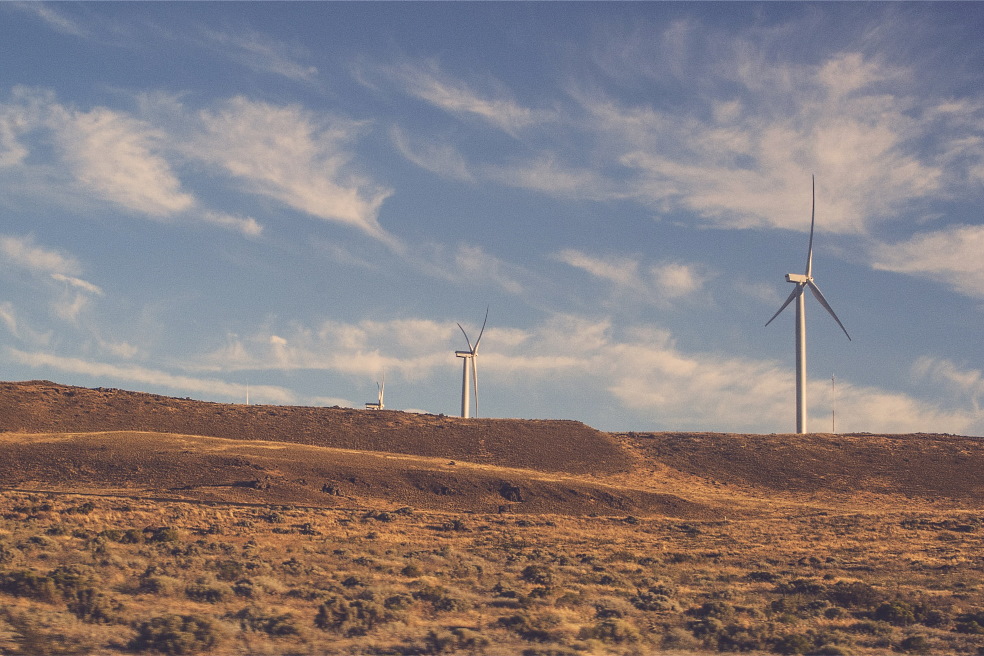
Egypt
The country is making big strides towards meeting the ambitious national target of renewable energy share of 42% of total energy consumption by 2035 through the rapid development of solar and wind projects.The Egyptian solar program includes the large Benban complex near the city of Aswan.
The challenge is to achieve an installed solar capacity of up to 4 gigawatts over the next three years. The program is complemented by Cairo's commitment to wind energy development. This type of energy will be supported by a new powerful wind farm in the Zafaran area.
Wind power in Egypt is developing through private investment and international assistance.
In particular, the Dutch company Lekela Power, which finances wind projects in several African countries, has decided to add 250 megawatts of installed capacity to the Gebel el-Zeit wind farm.
Morocco
This North African country plans to meet 42% of its energy needs from renewable energy sources by 2020.This target will increase to 52% by 2030, supported by impressive solar and wind farms.
The Moroccan solar energy program contained five complexes with a total capacity of about 2 GW, which were installed before 2020. Even more ambitious plans lie ahead. Especially impressive are the projects of hybrid solar power plants using concentrated solar energy, which will become the largest in the world. Both are being built in the center of Morocco, near the Atlas Mountains.
Morocco also has a strong wind energy program.
The Tarfaya wind farm has about 130 turbines on the Atlantic coast opposite the Canary Islands.
The main investors here are Engie, Siemens, Nareva Holding and Enel.
Saudi Arabia
This country has been working for a long time on the implementation of the state program of 2013, which provides for an increase in the installed capacity of renewable energy sources by 54 gigawatts by 2030.This goal was recently raised to 200 GW by the end of the decade.
The first major solar project in Saudi Arabia is a 300 MW PV power plant in Sakaka (Al Jawf).
Saudi Arabia is also developing wind power projects, including the Dumat Al-Jandal wind farm, which will be built by the consortium EDF Renewables and Masdar.
The wind farm with an installed capacity of 400 MW will be one of the largest of its kind in the Middle East.
United Arab Emirates
The national indicator for the share of renewable energy sources in the UAE's energy sector will be 44% by 2050.Much of the country's ambition stems from the Mohammed bin Rashid Al Maktoum Solar Park, which is located in a desert area in the middle of the peninsula. The planet's largest photovoltaic plant with a capacity of 12 gigawatts is being built near Abu Dhabi.
Meanwhile, the Abu Dhabi Water and Electricity Authority (ADWEA) plans to build a 1.5 gigawatt Sweihan II solar power plant.
According to the company, Abu Dhabi wants to develop 3-4 more new solar power plants in order to increase the installed capacity to 5.7 gigawatts by 2026.
Oman
Renewable energy development objectives in Oman are much more modest.By 2025, the Sultanate aims to bring the share of RES to 10%, which is equivalent to an installed capacity of 2.6 GW.
A number of solar and wind projects are being developed to implement this plan.
In 2018, a huge 1 GW solar power plant was opened to generate electricity from concentrated solar energy. Well-known international companies as Shell, Total and Partex participated in this project.
The aforementioned construction of the Dhofar wind farm will help minimize Oman's dependence on natural gas over the next few years. According to the forecast of the British energy company BP, by 2040 renewable energy will become the fastest growing and largest segment of the world energy.
Renewable energy sources are expected to account for 30% of global energy production growth.
The 50 MW wind farm in Oman, along with other projects in the Middle East, confirms this trend.



